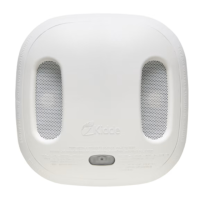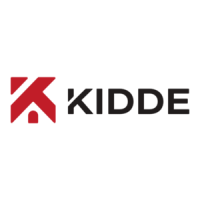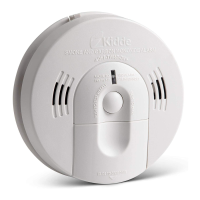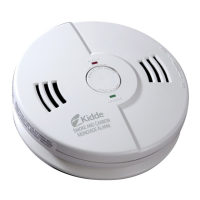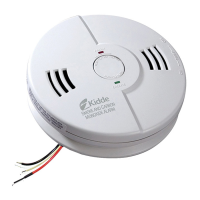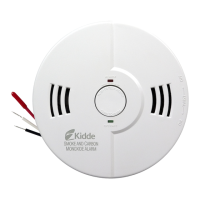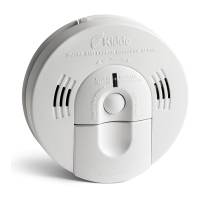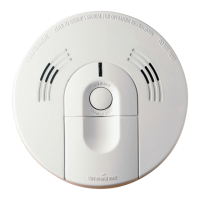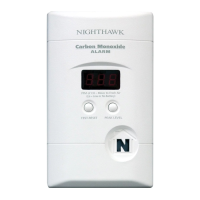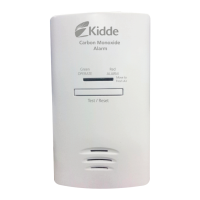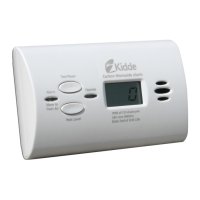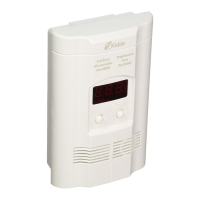2-in-1 Smoke and
Carbon Monoxide Alarm
User Guide for Model KN-COSM-B-RF
Smart Wireless Network
2521-7203-00
For questions concerning your 2-in-1 Smoke and Carbon Monoxide
Alarm, please call our consumer hotline at 1-800-880-6788. For tips on
how to protect your home and family, visit www.kidde.com
For your convenience, write down the following information. If you call
our consumer hotline, these are the first questions you will be asked:
ATTENTION: Please take a few minutes to thoroughly read this
user guide which should be saved for future reference and
passed on to any subsequent owner.
Alarm Model Number
(locatedonbackofthealarm):
Date of Manufacture
(locatedonbackofthealarm):
Date of Purchase:
Where Purchased:
Clear Voice Instructions
